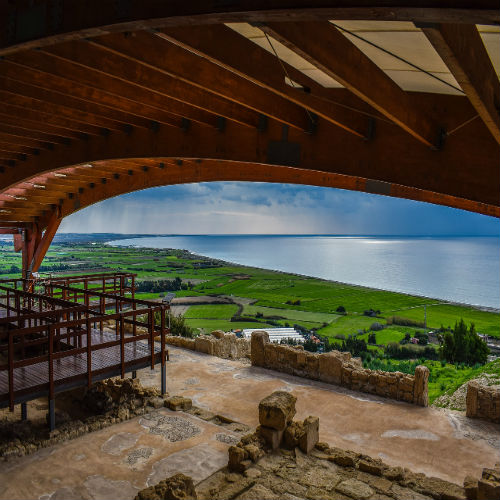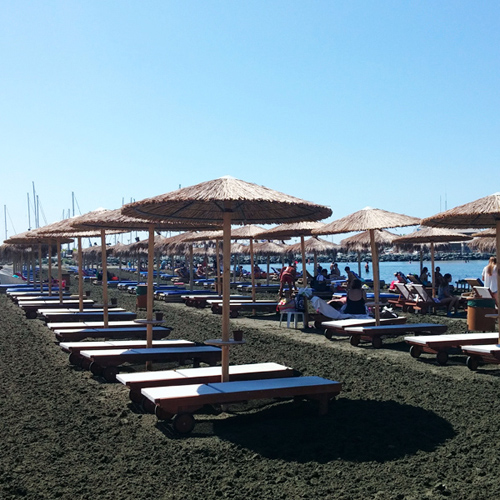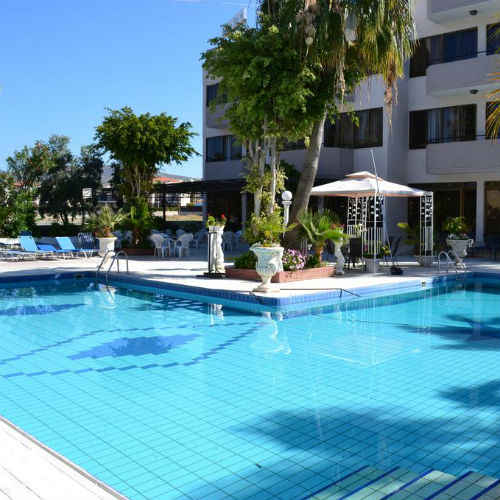Overview
Standing on a hill just outside the bustling city of Limassol lies the Kourion archaeological site, revealing one of the seven ancient kingdoms of Cyprus.
The strategic hilly position of the city-kingdom overlooked and controlled the fertile valley of the river Kouris. Evidence from the archaeological finds suggests that Kourion was associated with the Greek legend of Argos of Peloponnese, and it is believed that its inhabitants were descendants of Argean immigrants. The once flourishing kingdom was eventually destroyed in a severe earthquake in 365 AD.
The site’s centrepiece, the magnificent Greco-Roman theatre was built from the second century BC to the second century AD. The theatre has been restored and is now used for open-air musical and theatrical performances during the summer months, making it one of the most popular settings for high-calibre cultural events.
East of the theatre are the remains of the impressive House of Eustolios, which was originally a private villa before it was converted into a public recreation centre during the Early Christian period.
Opening off of the central room to the north and east were the cold baths (frigidarium). Before each is a shallow foot-bath. On the west, the remains of the hypocausts—which heated the medium room (tepidarium) and the hot room (caldarium)—can be seen. In the latter, the built-in basins for hot baths have survived, as have the firing chambers where hot air was carried through the hypocausts and then travelled up through specially cut flues, through the walls, and beneath the terracotta tiles of the floor.
The House of Eustolios contains impressive mosaic floors as do the ‘House of Achilles’ and the ‘House of the Gladiators’, villas which were named after the scenes depicted on the mosaics.
The remains of the Roman Agora are also visible at the site. The structure dates back to the early third century, with additions made later on during the Early Christian period. The Roman Agora is built on the remains of an earlier public building, which was in use from the end of the fourth century to the end of the Hellenistic period. The Agora of the city is surrounded by porticos with marble columns on both sides, while on its northwest side is an impressive public bath and a small temple, the Nymphaeum, dedicated to the water nymphs.
An early Christian basilica at the site dates back to the fifth century, with a separate baptistery on the external northern side.
The Department of Antiquities, Ministry of Transport, Communications and Works, is currently conserving the House of Eustolios; it will reopen to the public in the Spring of 2018.






